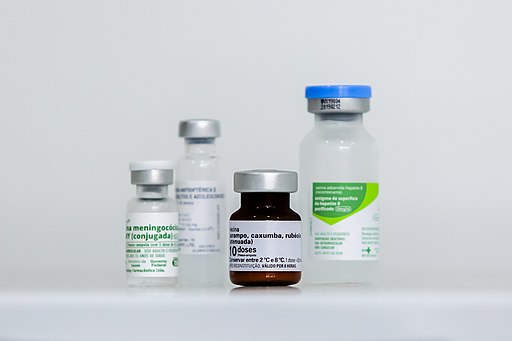Severe cases of COVID-19 result in respiratory problems and blood clots. Scientists are currently looking for a molecular solution to enhance therapeutic treatment. According to the authors, immunometabolic suppression seems to be the the main contributor to the shut down of the immune system, leading to a more severe response from SARS-CoV-2. In severe cases of COVID-19, it seems that a certain family of phospholipases has been associated with determining the outcome of symptoms in patients. Higher levels of the molecule secreted phospholipase A2 and its 12 other variants have been prevalent in cases of cancer, sepsis, bacterial infections and atherosclerosis. Similarly, high levels of sPLA2 were found in 127 blood plasma samples from severely affected COVID-19 patients.
These new findings provide a potential path towards effective treatment for Coronavirus. In new research led by the University of Arizona, the overabundance of the active enzyme, secreted phospholipase A2 group IIA, in the human immune system has been associated with increased severity of COVID-19 symptoms faced by infected individuals.
Maintaining host resistance and disease tolerance is an important part of successfully fighting Coronavirus related infections. Secreted phospholipase A2 group IIA (sPLA2-IIA) is naturally circulated by the human body in order to defend against bacterial invaders. The average healthy individual typically circulates around half a nanogram per milliliter of sPLA2-IIA. Researchers found that 63% of COVID-19 infected individuals being monitored at Stony Brook Medical Hospital who circulated amounts greater than or equal to 10 nanograms per milliliter of sPLA2-IIA died from the symptoms of COVID-19.
Why would certain infected individuals circulate 20 times the healthy amount of sPLA2-IIA?
When the human body encounters bacterial pathogens, the secretion of the enzyme sPLA2-IIA protects the body against the pathogens in an innate defense. Therefore, in an attempt to combat Coronavirus, the human body secretes a greater amount of sPLA2-IIA. This increased amount of sPLA2 can be considered a double-edged sword. On the one hand, the enzyme aids in attacking the virus. On the other hand, the enzyme acts as a “shredder,” tearing apart the membranes of vital human organs. The attack on the host’s cell membranes leads to organ failure and death. Interestingly, the active enzyme sPLA2-IIA resembles an isotopic enzyme found in snake venom, which similarly destroys microbial cell membranes. Much like the active enzyme found in rattlesnake venom, sPLA2-IIA has “the capacity to bind to receptors at neuromuscular junctions and potentially disable the function of…muscles.”
By looking at the lipid metabolite levels in blood samples of Coronavirus patients, researchers were able to corroborate severe Coronavirus symptoms with an overproduction of sPLA2. It seemed that individuals whose circulatory systems contained elevated levels of lysophospholipids (lyso-PLs), unesterified unsaturated fatty acids (UFAs), acylcarnitines, and mitochondrial DNA as well as a decrease in plasma levels of phospholipids experienced higher mortality rates. Expectedly, there was cell energy dysfunction and unexpectedly high levels of sPLA2-IIA enzyme.
In the future, it is highly plausible that an sPLA2-IIA inhibitor may become a standard component of treatments distributed amongst patients with severe symptoms. Hopefully, such a treatment could help to diminish the ever rising mortality rate of Coronavirus and furthermore alleviate the suffering of thousands of patients.
Ultimately, our vast knowledge of molecular biology has an application beyond the mere observations of a published study. It is discoveries like this one that have the capacity to positively affect the course of a person’s life. My mother, for example, contracted COVID-19 a few weeks ago and had to endure days of intense fevers and coughing fits while she was confined to her bed. Although he never tested positive, my father too was bed-ridden with the same symptoms. In the meantime, I, a high school student, found myself taking care them as well as their household duties: cleaning the house, cooking three meals a day, doing laundry, etc. As a high school senior who has completed the college application process, I fortunately had the time to manage the extra workload. However, it is important to realize that many citizens around the world do not have the same privilege; some people are displaced from work while others catch the virus and never make a full recovery. With the robust power of anatomical science, we have the capacity to change people’s lives for the better.



Leave a Reply